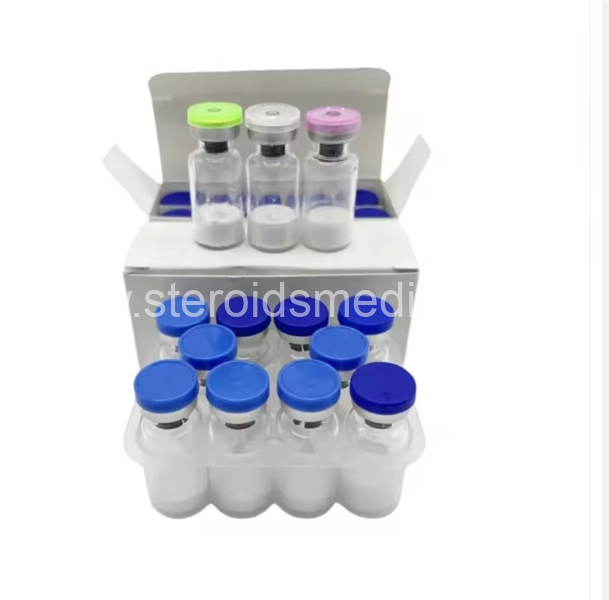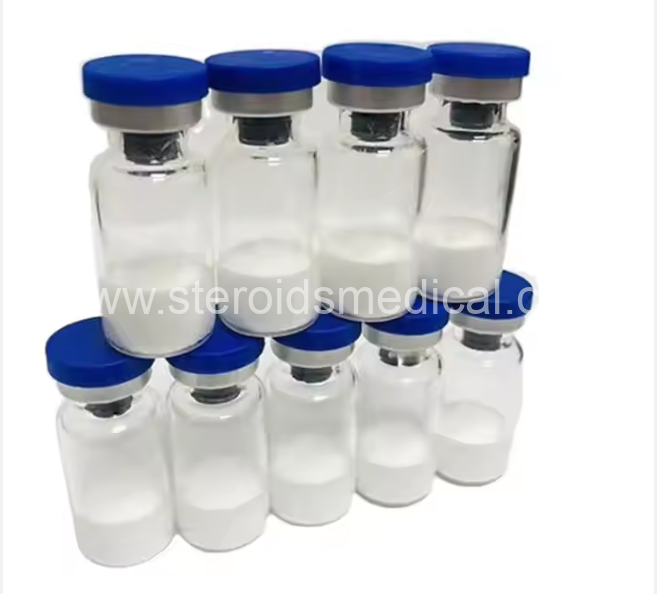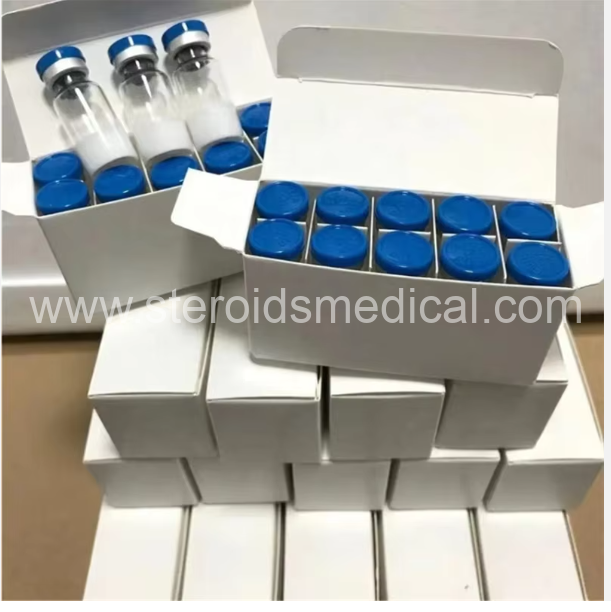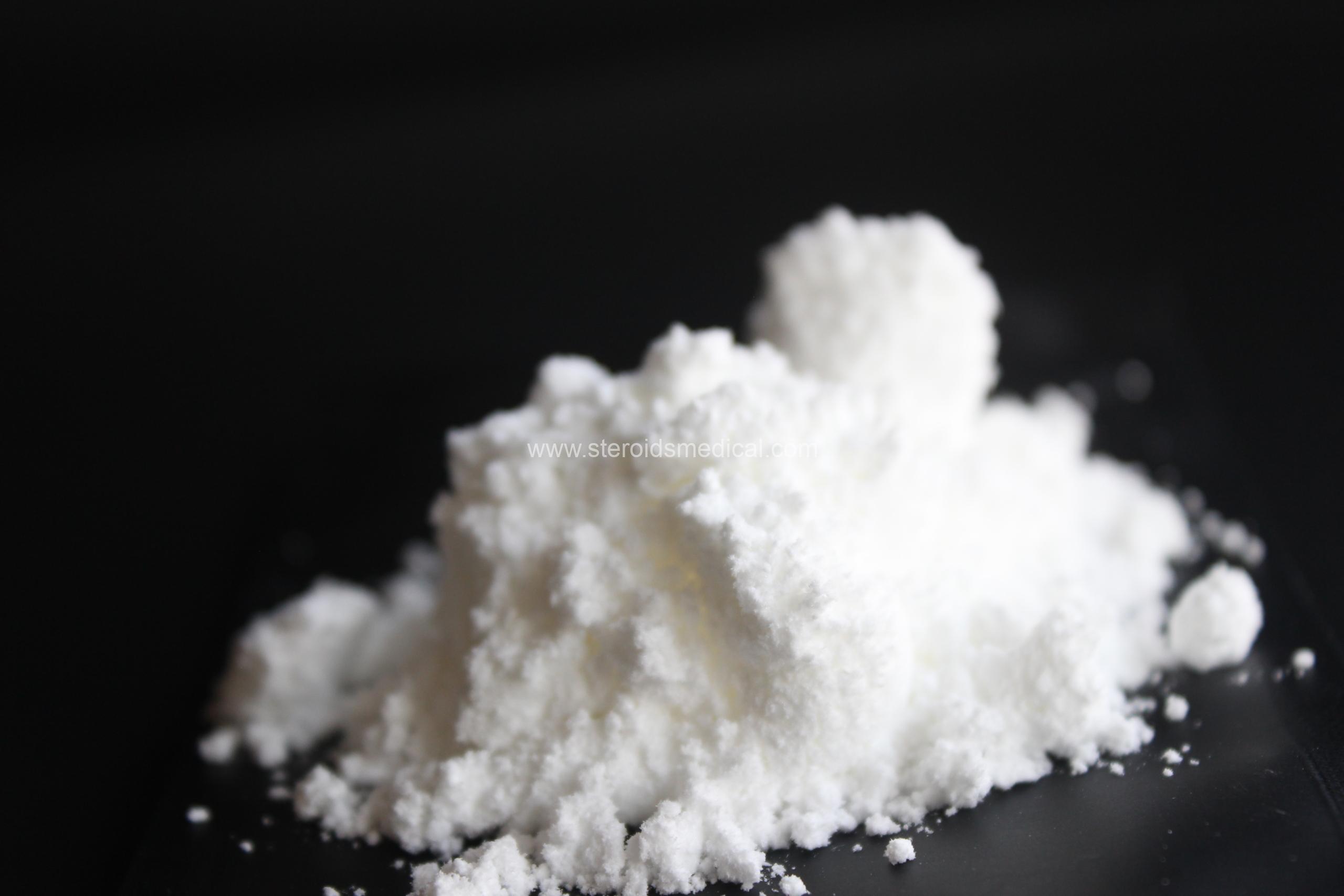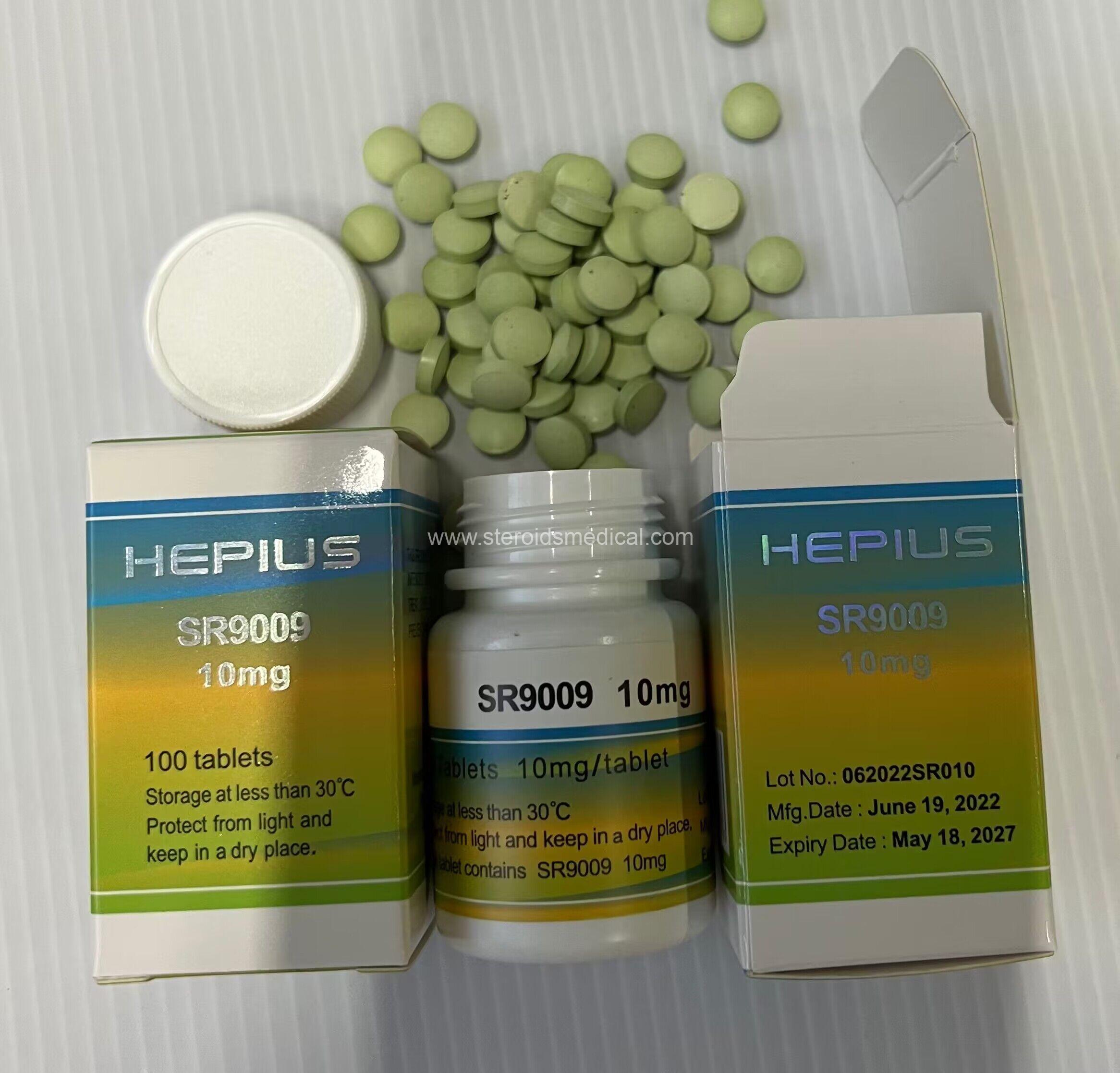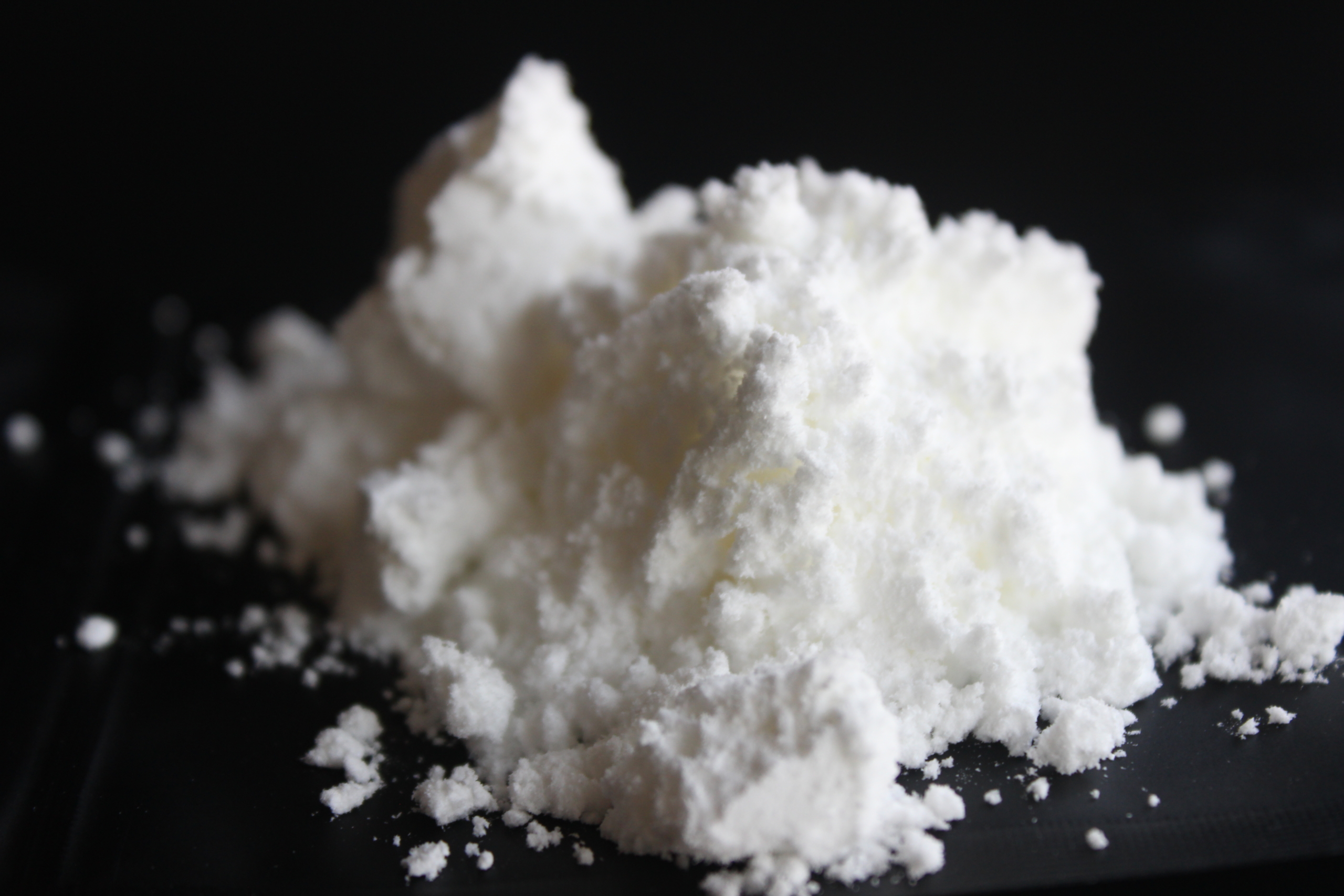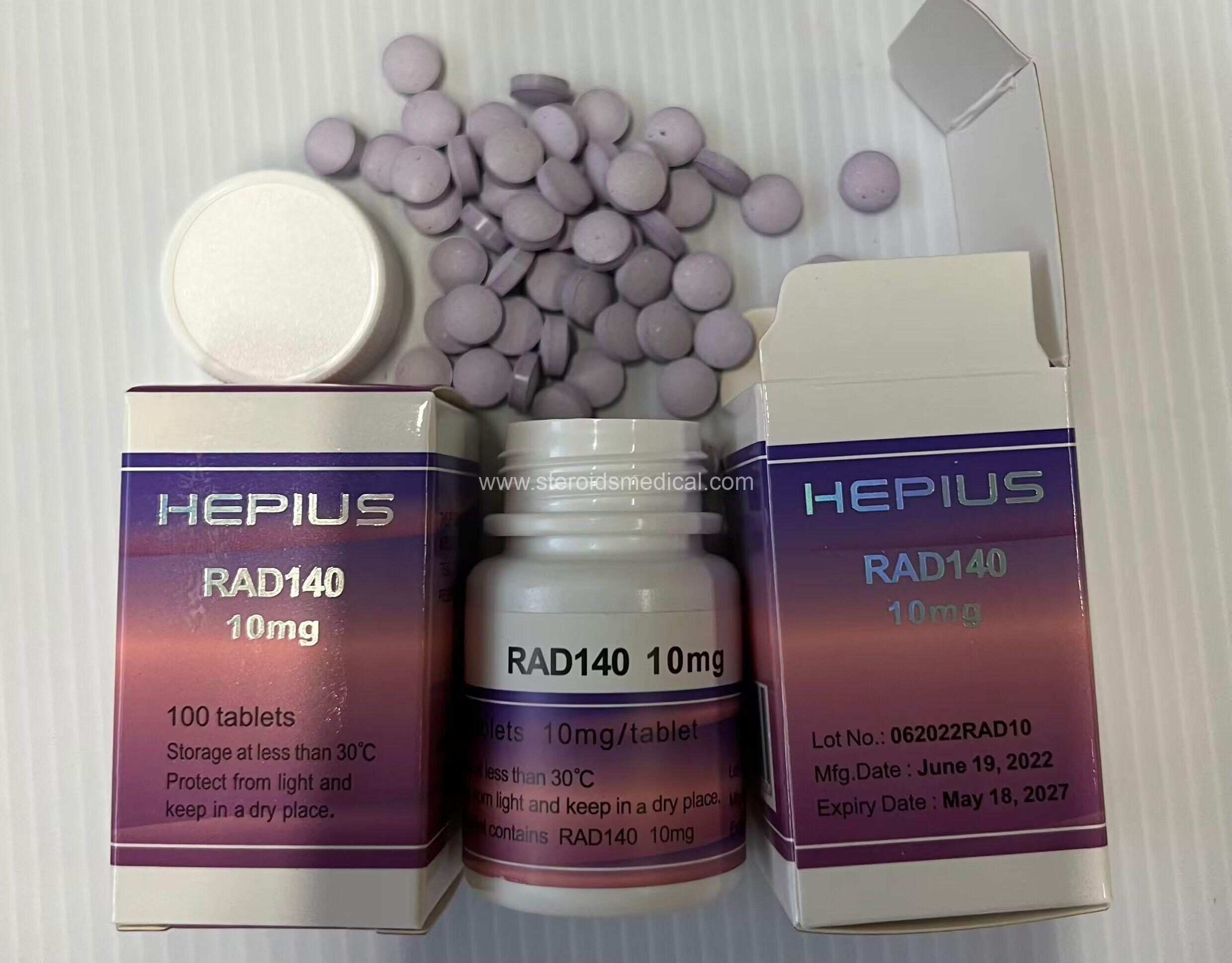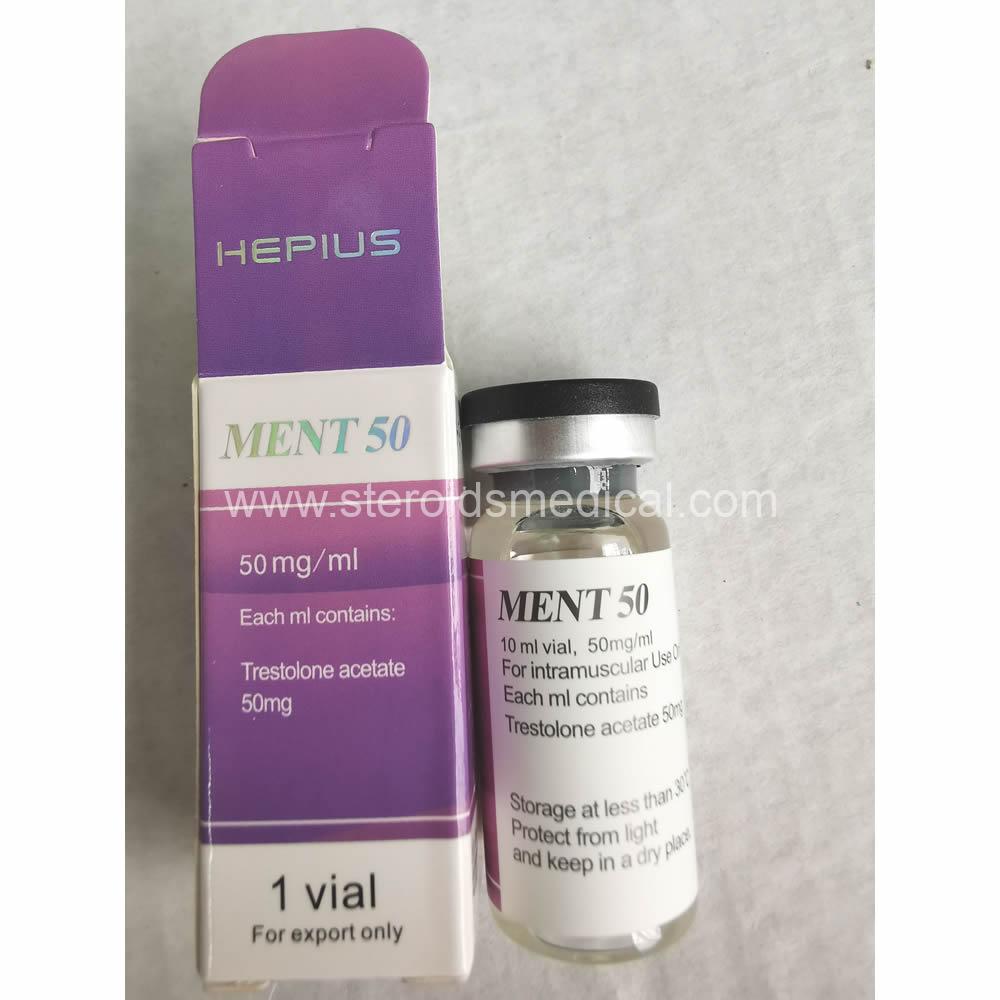Product description:
Follistatin is a protein encoded by the FST (follistatin) gene in humans. It plays a crucial role in regulating the activity of various growth factors, particularly members of the transforming growth factor-beta (TGF-beta) superfamily, such as activin and myostatin. Here’s a comprehensive overview of follistatin, including its functions, potential uses, and considerations:
Functions of Follistatin
Inhibition of Activin: Follistatin binds to and inhibits the actions of activin, which is involved in various physiological processes such as cell proliferation, differentiation, and apoptosis. By neutralizing activin, follistatin can indirectly influence these processes.
Regulation of Myostatin: Myostatin is a negative regulator of muscle growth (a myokine). Follistatin binds to myostatin and inhibits its activity, leading to increased muscle growth and hypertrophy. This has garnered interest in follistatin as a potential therapeutic agent for muscle-wasting conditions.
Other Growth Factors: Follistatin also interacts with other members of the TGF-beta superfamily, including BMPs (bone morphogenetic proteins), which are involved in bone formation and other cellular processes.
Potential Uses and Applications
Muscle Growth and Sports Performance: Due to its ability to inhibit myostatin, follistatin has been researched for its potential in promoting muscle growth and enhancing athletic performance. However, its use in this context is still under investigation, and ethical considerations apply.
Medical Applications: Follistatin’s role in regulating growth factors makes it a target for potential therapeutic applications in various medical conditions:
- Muscle-wasting Disorders: Research suggests that increasing follistatin levels could potentially counteract muscle wasting seen in conditions like muscular dystrophy and sarcopenia.
- Regenerative Medicine: Follistatin’s ability to modulate cellular processes may be beneficial in tissue repair and regeneration.
Research and Development: Follistatin continues to be studied for its broader implications in developmental biology, cell signaling pathways, and potential therapeutic interventions.
Considerations and Safety
Administration: Follistatin is not readily available for clinical use as a therapeutic agent. Research is ongoing to explore safe and effective methods of delivering follistatin or its analogs for potential medical applications.
Side Effects: The specific side effects of increasing follistatin levels artificially are not well-documented, as its use in humans is primarily experimental. Balancing its effects on growth factors and potential off-target effects would be crucial in any therapeutic context.
Ethical Considerations: Due to its potential to enhance muscle growth, the use of follistatin in sports or non-medical contexts raises ethical questions related to fairness and safety.
Conclusion
Follistatin is a multifunctional protein with significant implications in regulating growth factors like activin and myostatin. While its potential therapeutic applications, especially in muscle-related disorders, are promising, further research is needed to understand its safety, efficacy, and optimal methods of administration. For now, its use remains largely experimental and should only be considered under strict medical supervision and within the bounds of ethical guidelines.
Effect
The effects of follistatin primarily revolve around its interactions with various growth factors, particularly activin and myostatin, within the body. Here’s a detailed look at its effects:
1. Inhibition of Activin
- Cellular Processes: Follistatin binds to activin, preventing it from exerting its effects. Activin is involved in cellular processes such as proliferation, differentiation, and apoptosis. By inhibiting activin, follistatin can indirectly influence these processes, potentially promoting cell survival and growth.
2. Regulation of Myostatin
- Muscle Growth: Myostatin is a negative regulator of muscle growth, meaning it limits muscle mass development. Follistatin binds to myostatin and neutralizes its activity, leading to:
- Increased Muscle Mass: Studies suggest that higher levels of follistatin can result in enhanced muscle growth and hypertrophy.
- Muscle Strength: By blocking myostatin, follistatin may contribute to increased muscle strength and endurance.
3. Other Growth Factors
- Bone Formation: Follistatin also interacts with members of the bone morphogenetic protein (BMP) family, which are crucial for bone development and regeneration. This interaction suggests a potential role in bone health and repair processes.
Potential Applications
Muscle-Wasting Disorders: Follistatin’s ability to inhibit myostatin has sparked interest in potential therapeutic applications for conditions characterized by muscle wasting, such as muscular dystrophy and sarcopenia (age-related muscle loss).
Athletic Performance: Due to its muscle-enhancing effects, there is speculative interest in follistatin for improving athletic performance. However, ethical considerations and regulatory constraints currently limit its use in this context.
Regenerative Medicine: Follistatin’s role in promoting cell survival and growth suggests potential applications in tissue repair and regeneration therapies.
Considerations
Safety: While studies show promising effects in animal models and preliminary human research, the long-term safety and potential side effects of increasing follistatin levels in humans are not fully understood.
Ethical Implications: Enhancing muscle growth artificially raises ethical questions, particularly in sports and non-medical contexts, regarding fairness and safety.
Clinical Development: Follistatin is primarily in the research phase for therapeutic use. Clinical trials are needed to establish safety, efficacy, and optimal dosing regimens.
Conclusion
Follistatin’s effects on activin and myostatin make it a promising candidate for therapeutic interventions targeting muscle-related disorders and potentially enhancing muscle growth and regeneration. However, further research is essential to fully understand its mechanisms, safety profile, and clinical applications before widespread therapeutic use can be considered.
PS:
About products, If you have any other questions , please contact us at anywhere anytime.
You may chat online or send E-mail to us: steroidsmedical@protonmail.com
Thank you for your time!
 Domestic Pharmaceutical Co., Ltd.
Domestic Pharmaceutical Co., Ltd.






